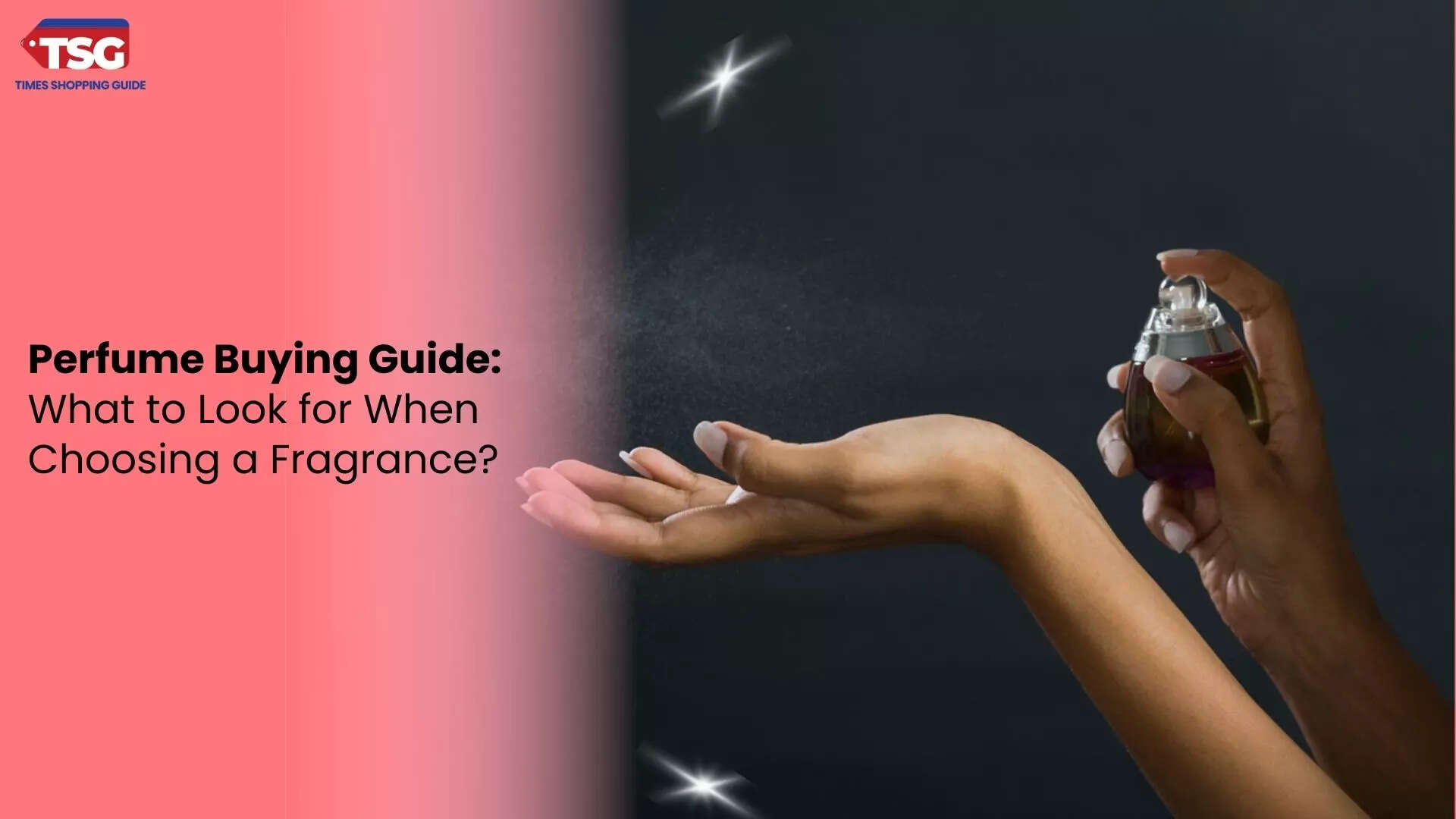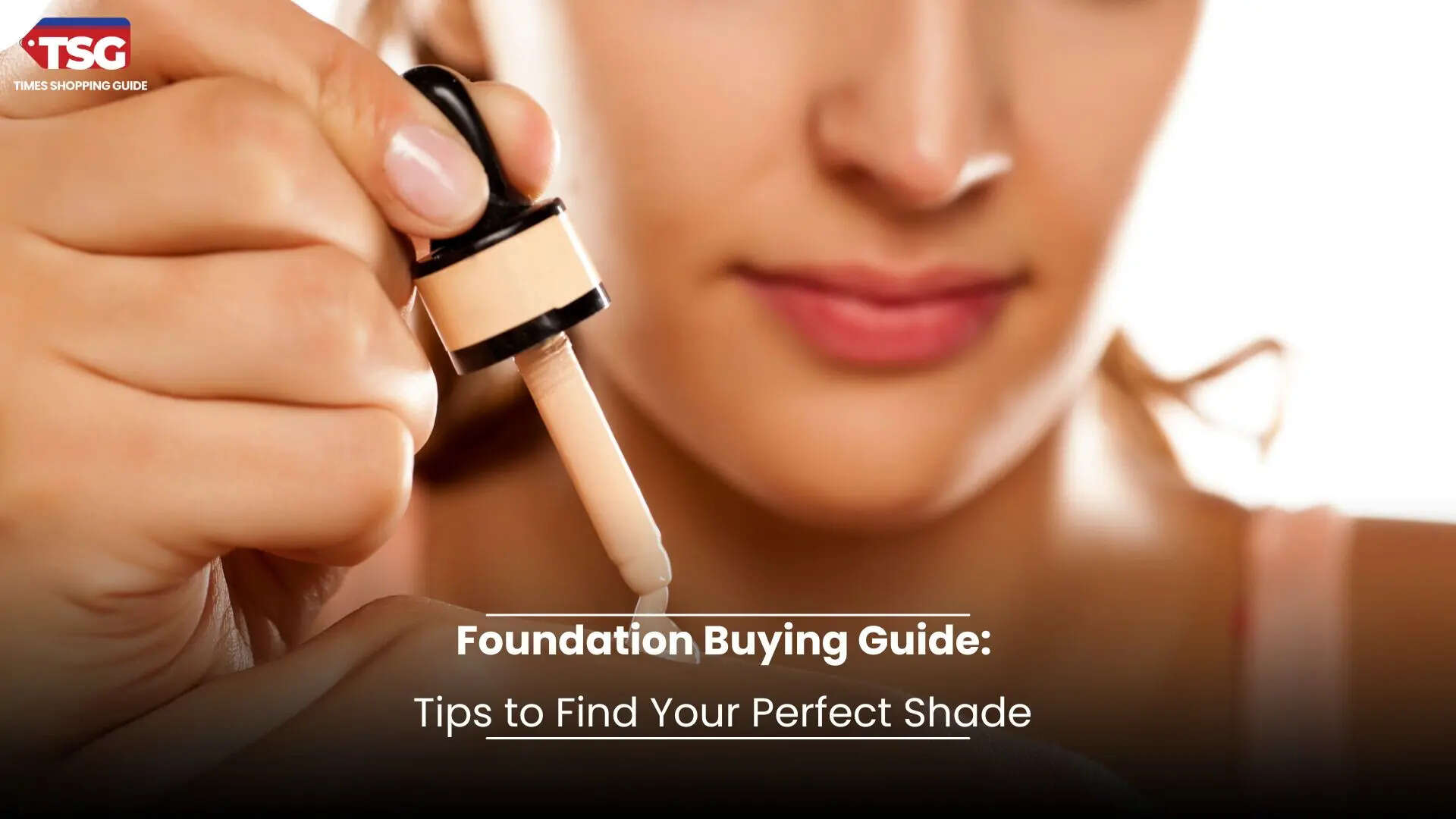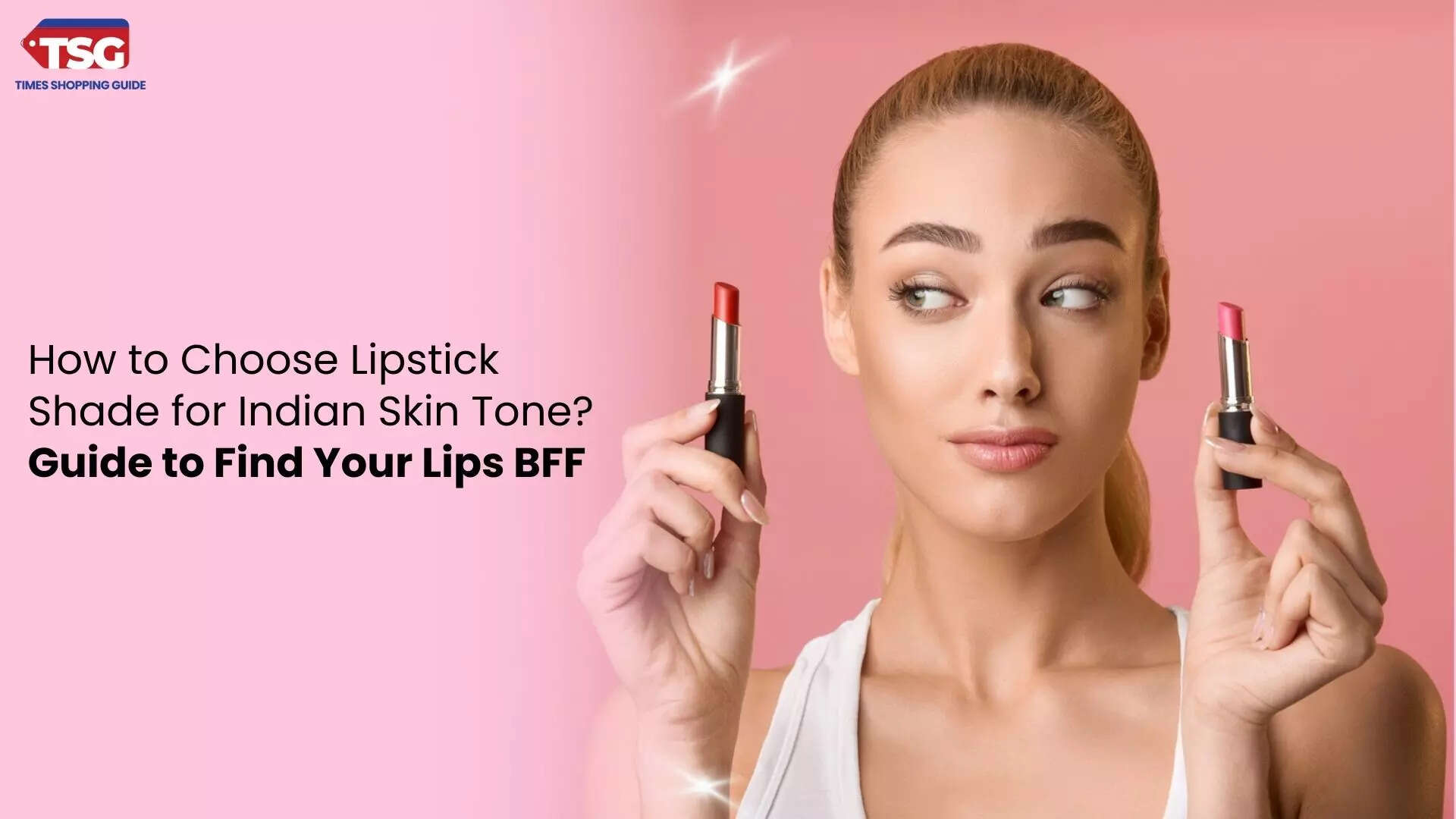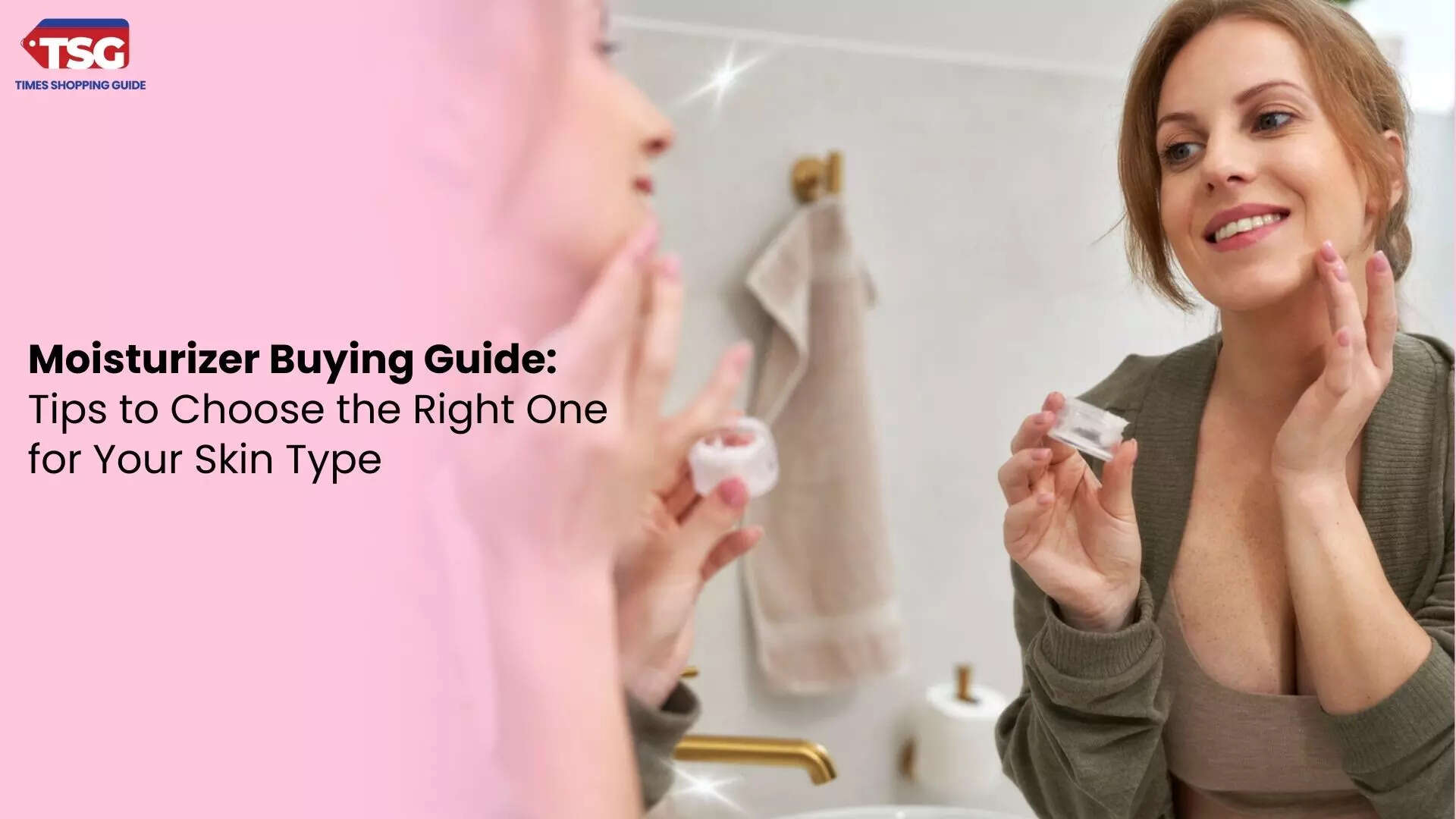- home
- beauty
- buying guides
- perfume buying guide what to look for when choosing a fragrance
Perfume Buying Guide: What to Look for When Choosing a Fragrance?
This comprehensive perfume buying guide explores essential factors when choosing a fragrance. From understanding fragrance types and notes to considering personal style and occasions, this article will equip you with the knowledge to find the best perfume that enhances your identity and leaves a lasting impression.

With countless options available, it's essential to understand the different factors that contribute to a fragrance's appeal. This perfume buying guide will help you navigate the world of fragrances, ensuring you select the best perfume that resonates with your personality, style, and occasion.
Perfume Buying Guide: Understand Fragrance Families
Fragrances can be categorised into several families, each offering a unique scent profile. Understanding these families is the first step in selecting the best perfumes for men or women:
- Floral: These scents are characterised by floral notes like rose, jasmine, and lily. Floral fragrances are often romantic and feminine, making them the most luxurious perfumes for women.
- Fruity: Combining sweetness with freshness, fruity fragrances include notes such as apple, peach, and berry. They are playful and often lighter.
- Oriental: Rich and exotic, oriental fragrances combine spices, resins, and warmth, making them ideal for evening wear.
- Woody: Woody fragrances, featuring notes like sandalwood, cedar, and patchouli, are often earthy and grounded and make the best perfume for men and women.
- Fresh: Crisp and clean, fresh scents often include citrus and green notes, making them perfect for daytime and casual wear.
Perfume Buying Guide: Notes and Composition
Fragrances are composed of three layers known as notes:- Top Notes: The initial scents you smell upon application, typically citrus or herbal. They provide the first impression but fade quickly.
- Middle Notes: Also known as heart notes, these develop after the top notes evaporate. They form the core of the fragrance, often floral or fruity.
- Base Notes: These notes provide depth and longevity, usually with heavier scents like vanilla, musk, or wood.
When choosing the best perfume, consider how the notes evolve, as the complete experience will affect how you feel about the perfume.
Also Read: 6 Best Body Mist for Women That Last All Day Long.
Perfume Buying Guide: Factors to Consider When Buying Perfume
1. Longevity and Sillage
- Longevity refers to how long a fragrance lasts on the skin. Perfumes come in different concentrations, such as Eau de Toilette (shorter wear) and Eau de Parfum (longer wear).
- Sillage refers to the trail left by the perfume as you move. Some prefer a subtle scent, while others enjoy a more pronounced presence.
Choosing the right balance between longevity and sillage is essential based on your daily activities and preferences.
2. Personal Style
Your style plays a significant role in selecting the right fragrance. Consider these aspects:
- Casual vs. Formal: You might prefer lighter, fresher scents for everyday wear. For formal occasions, consider richer, more complex fragrances.
- Seasonal Choices: Some fragrances are better suited for specific seasons. Lighter, fresher scents work well in warmer months, while deeper, spicier scents are ideal for colder weather.
- Mood and Personality: Your fragrance should reflect your personality. If you are bold and adventurous, opt for strong, unique scents. If you prefer a softer approach, choose delicate and subtle fragrances.
Read More: Best Men’s Body Mist: Get Fragrance That Lasts Longer.
3. Occasion-Based Fragrance Selection
Different occasions call for other scents. Here are some suggestions:
- Daytime/Office: Light, fresh, and clean fragrances are ideal for the workplace. Consider citrus or floral notes that are manageable.
- Evening/Special Events: Opt for deeper, more complex evenings or special events scents. Oriental or woody fragrances can create an alluring atmosphere.
- Casual Outings: Fruity or light floral fragrances can be perfect for casual outings, offering a fun and playful vibe.
Perfume Buying Guide: Testing and Sampling Fragrances
When trying to find the right perfume, visiting a store can be beneficial:- Use Testing Strips: Spray a small amount on a testing strip to get an initial impression. This helps you gauge the fragrance without overwhelming your senses.
- Apply to Skin: Due to body chemistry, fragrance can smell different on your skin than on a testing strip. Apply a small amount to your wrist or inner elbow and let it develop for a few hours.
- Give It Time: After testing a fragrance, wait a few hours to see how it evolves. The true character of the scent will emerge as it interacts with your body chemistry. To prevent confusion, avoid applying multiple fragrances at once.
Also This: 6 Best Body Mists for Women to Smell Fragrant Always.
Perfume Buying Guide: Budget Considerations
Perfumes can vary widely in price. It's essential to set a budget before shopping. Here are some general price ranges:- Luxury Brands: High-end fragrances can be expensive, ranging from $100 to $300 or more.
- Mid-Range Brands: These are more accessible, typically costing between $50 and $100, and offer a good balance of quality and affordability.
- Affordable Options: Plenty of quality fragrances are available for under $50. These can be great for everyday use or as a gift.
Perfume Buying Guide: Online vs In-Store Shopping
While in-store testing is invaluable, online shopping offers convenience and a wider selection. Here are some tips:- Read Reviews: Customer reviews can provide insights into the scent and longevity.
- Sample Sets: Many online retailers offer sample sets, allowing you to try multiple fragrances before committing to a full bottle.
- Return Policies: Ensure the retailer has a good return policy if the fragrance doesn’t meet your expectations.
How to Maximise Perfume Effect?
- To maximize your perfume’s effect, apply it to pulse points like wrists, neck, and behind the ears, where body heat intensifies the scent.
- Moisturise your skin beforehand, as hydrated skin holds fragrance longer.
- Avoid rubbing the scent, which can alter its notes; gently spray and let it dry.
- Layer fragrances with matching lotions or oils to enhance longevity.
- Reapply throughout the day if needed, especially for lighter scents.
- Finally, store your perfume in a cool, dark place to preserve its integrity and potency.
FAQs
1. How do I know what perfume to buy?
To the best perfume, consider your style, preferred fragrance families (floral or woody), and occasions for wear. Test scents on your skin to see how they evolve. Don’t hesitate to explore samples and read reviews to help narrow down your options. Happy scent hunting!
2. What is the 3 1 1 rule for perfume?
The 3-1-1 rule for perfume suggests applying three sprays of fragrance: one on each wrist and one on your neck. This technique enhances scent projection while ensuring an even distribution. Remember to avoid rubbing the fragrance, allowing it to develop and last longer throughout the day.
3. How do I choose a perfume that lasts?
To choose a long-lasting perfume, look for higher concentrations like Eau de Parfum or Parfum. Check for base notes such as vanilla, amber, or musk, which typically last longer. Additionally, apply to moisturised skin and focus on pulse points to enhance longevity and scent projection throughout the day.
Disclaimer: Times Shopping Guide is committed to bringing you the latest products from the best brands. Our selection is based on market research and positive consumer feedback. Times Shopping Guide is also a part of an affiliate partnership. In line with this, we may receive a portion of the revenue from your purchases. Please note that the product prices are subject to change based on the retailer's deals.








